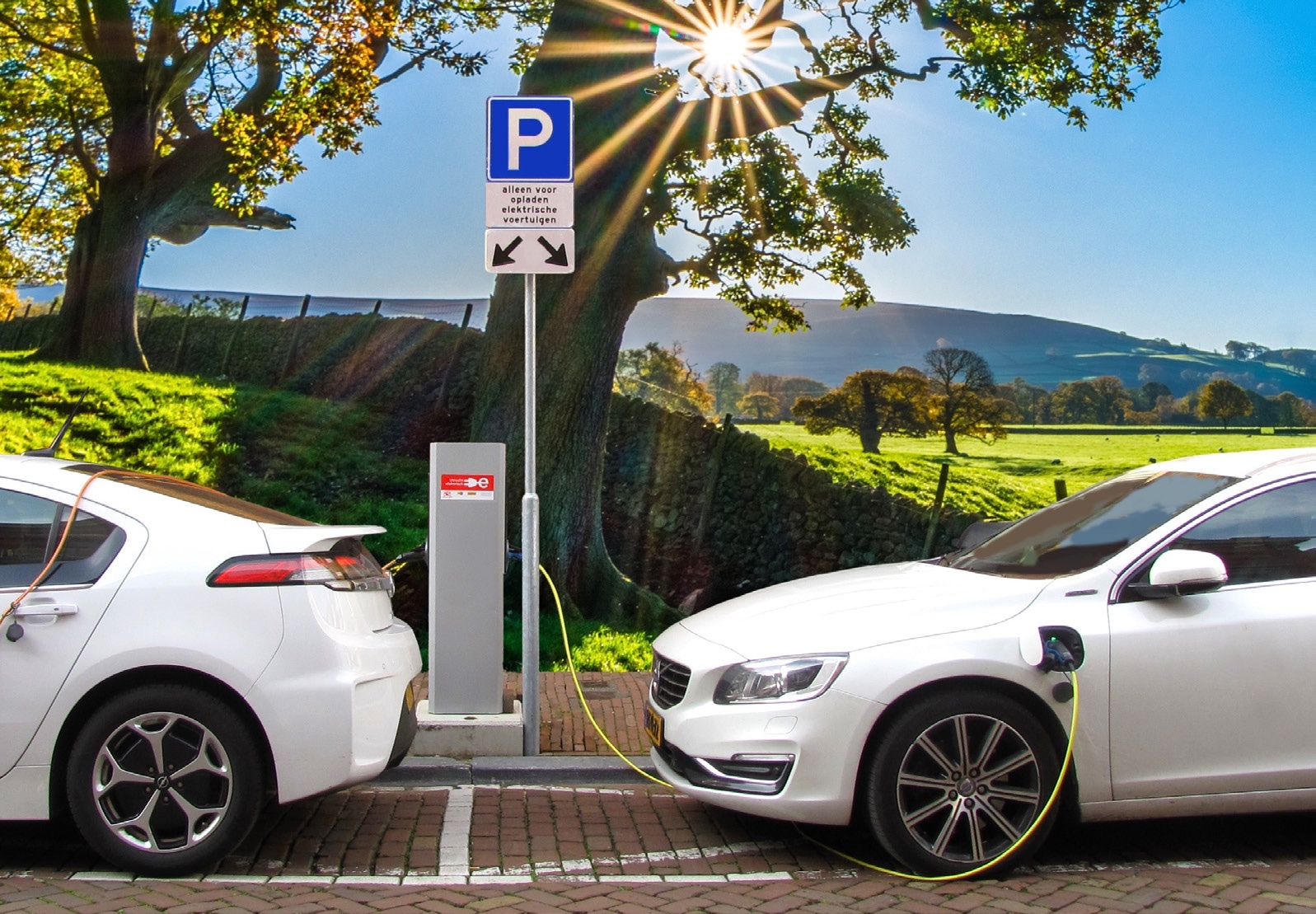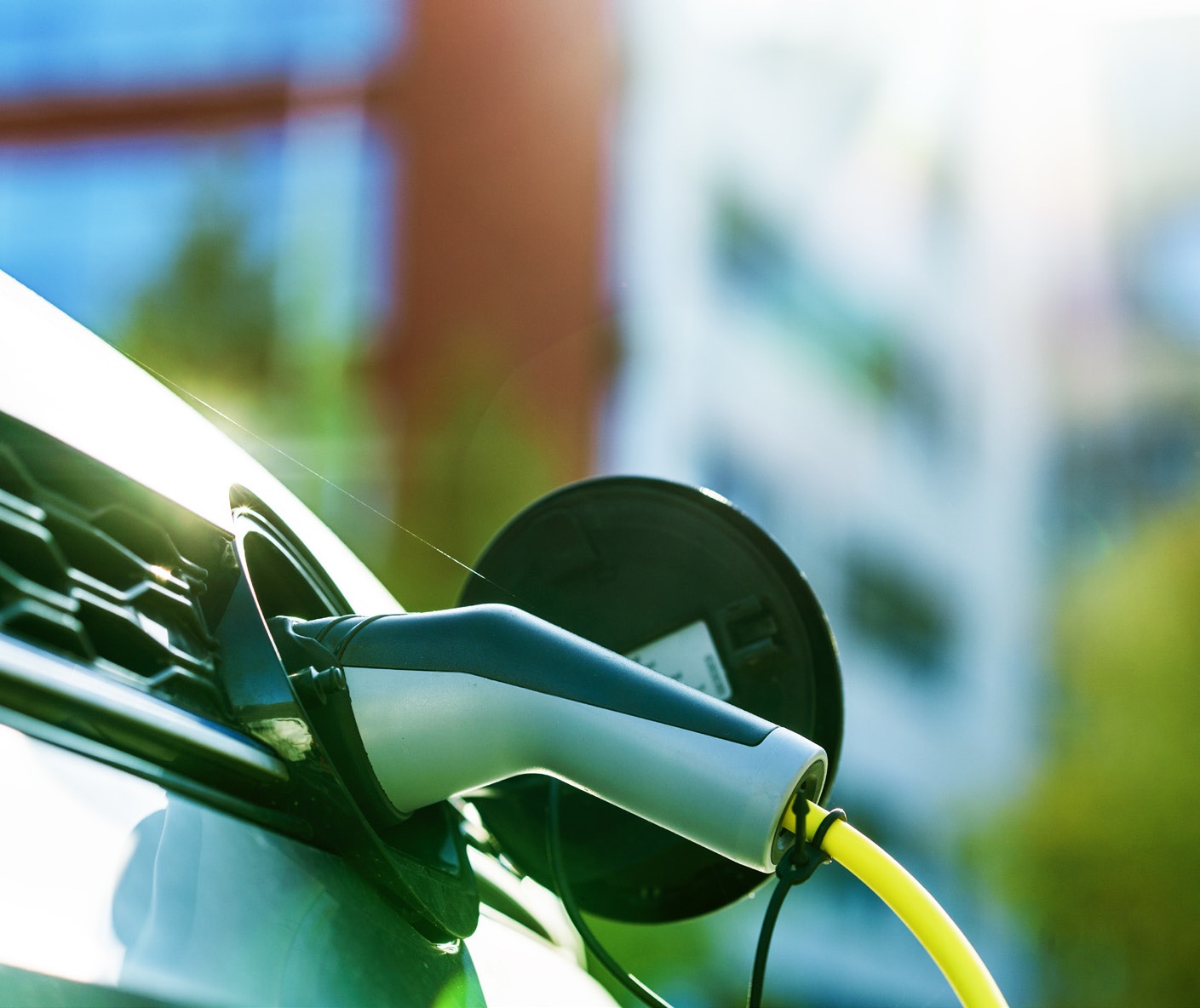Researchers accessed a new chemistry climate model to determine the benefits of electric vehicles in reducing emissions and impacting the health of individuals in the U.S.
The researchers developed six model scenarios that have electric vehicles having 0%, 25% and 75% of the total U.S. light-duty passenger vehicle fleet.
This study concluded that electric vehicles will significantly reduce carbon dioxide emissions and prevent hundreds to thousands of premature deaths.
The current move by the global automotive industry to design and commercialize electric vehicles (
see Figure 3) will have significant ramifications on the future use of lubricants. Besides leading to a significant decline in demand for engine oils, other lubricants will need to be developed to meet the unique lubricant needs found in electric vehicles.
 Figure 3. A new study concludes that widespread adoption of electric vehicles will reduce carbon dioxide emissions and realize substantial savings in damages attributed to air pollution, health and climate changes annually. Figure courtesy of Northwestern University.
Figure 3. A new study concludes that widespread adoption of electric vehicles will reduce carbon dioxide emissions and realize substantial savings in damages attributed to air pollution, health and climate changes annually. Figure courtesy of Northwestern University.
Researchers have been looking at the benefits and negative concerns with consumers who are starting to more widely drive electric vehicles. One issue is the ability of the electric grid in a particular region to be able to handle a spike in demand if a large majority of electric vehicle owners charge their automobiles at the same time (overnight).
A previous TLT article
1 discussed a study that evaluated how in-home charging of plug-in electric vehicles will impact the power grid. The researcher determined that the overall power grid in a specific region will see little negative effect. But, at the local level, where clusters of consumers might recharge their electric vehicles simultaneously, the local power grid will be stressed to the point that transformers could be burdened to such an extent that their operating life may be reduced. One other factor is whether consumers use a standard plug to do a Level 1 charge or work with a higher performing Level 2 plug. The latter scenario also can cause stress to the local electric grid.
A key benefit of replacing internal combustion engine powered automobiles with electric vehicles is a reduction in emissions. Daniel Horton, assistant professor of Earth and planetary sciences at Northwestern University in Evanston, Ill., indicates that the U.S. EPA found the transportation sector contributed 29% of the country’s total greenhouse gas emissions in 2017. Of that figure, 60% of the emissions originated with light-duty automobiles.
Prior studies on environmental changes that would occur if a significant percentage of electric vehicles are driven have focused on whether the rate of climate change will decrease due to reductions in carbon dioxide emissions.
Horton says, “We were fortunate to be able to access a new chemistry climate model produced by the Geophysical Fluid Dynamics Laboratory (GFDL), a facility focused on the development of climate models. We use this new model to evaluate how changes in vehicle and power plant emissions will lead to changes in atmospheric chemistry and, as a consequence, lead to changes in air quality.”
Horton and his fellow researchers used the new GFDL model to study how the use of electric vehicles will not only reduce emissions but also impact the health of individuals in the U.S.
Six hypothetical scenarios
The researchers determined the benefits of electric vehicles by developing six model scenarios that involved having electric vehicles represent 25% and 75% of the total U.S. light-duty passenger vehicle fleet and comparing this to a baseline where 0% electric vehicles are on the road. Each of these electric vehicle percentages was evaluated under three different energy generations for battery charging configurations that include no emission-free sources, the composition of the grid in the base year and doubling each U.S. state’s fraction of emission-free generation sources.”
Horton says, “The base year that we used was 2014, which was the latest year that data was available. We felt that using 25% electric vehicles in our analysis was a somewhat reasonable figure. Moving to 75% represents our vision of what might occur if electric vehicle use becomes popular among consumers.”

The researchers took into consideration that electric vehicles could access their power from combustion-fired electrical generating units. They subtracted the reduction in emissions due to the use of electric vehicles from the emissions attributed to combustion-fired electric generating units.
A number of pollutants also could be selected by the researchers in determining how electric vehicles will affect the health of individuals. Horton says, “The two pollutants used in the study were ozone and atmospheric fine particulate matter (PM
2.5). These two pollutants are the most widely known with a good deal of research having been carried out on the ramifications of exposure to them from the medical and epidemiological standpoints.”
Health impact calculations were conducted using the BenMAP-CE program that was developed by EPA. Horton says, “This program was used to examine changes in premature mortality that occur from changes in the concentration of ozone and PM
2.5 in a specific environment. Premature mortality is a determination of unfulfilled life expectancy. We decided to use this health effect and the two pollutants because these are parameters that will generate a realistic, conservative result.”
The researchers divided each state into grid boxes that were each 50 kilometers in area and then organized them into four regions (Midwest, Northeast, South and West). Horton says, “For every region, we looked at how an increase in a specific pollutant will change the health outcome. The baseline simulations not using electric vehicles were subtracted from the two scenarios using specific percentages of this car type to get a calculated result.”
The researchers found that use of electric vehicles will significantly reduce carbon dioxide emissions (by hundreds of millions of tons) and could prevent hundreds to thousands of premature deaths. Quantifying this conclusion was accomplished through the use of social cost of carbon and the value of statistical life metrics. This calculation leads to the estimate that the use of 25% electric vehicles in the U.S. will save $17 billion in damages attributed to air pollution, health and climate changes annually. With the adoption of 75% electric vehicles, the figure increases to $70 billion.
Horton says, “In our view, both of these figures are conservative values as improvements in battery technology and the use of more sustainable power generation since 2014 should lead to greater savings.”
Future work will involve the evaluation of other geographical regions besides the U.S. Horton says, “We also have the objective of using finer resolution grid boxes on the order of 4 kilometers to obtain better information on what savings will be realized in specific geographical locations.”
Additional information can be found in a recent article
2 or by contacting Horton at
daniel.horton@northwestern.edu.
REFERENCES
1.
Canter, N. (2018), “How will the growing use of plug-in electric vehicles affect the power grid?” TLT,
74 (4), pp. 12-13.
2.
Peters, D., Schnell, J., Kinney, P., Naik, V. and Horton, D. (2020), “Public Health and Climate Benefits and Tradeoffs of U.S. Vehicle Electrification,”
GeoHealth, 4 (10), https://doi.org/10.1029/2020GH000275